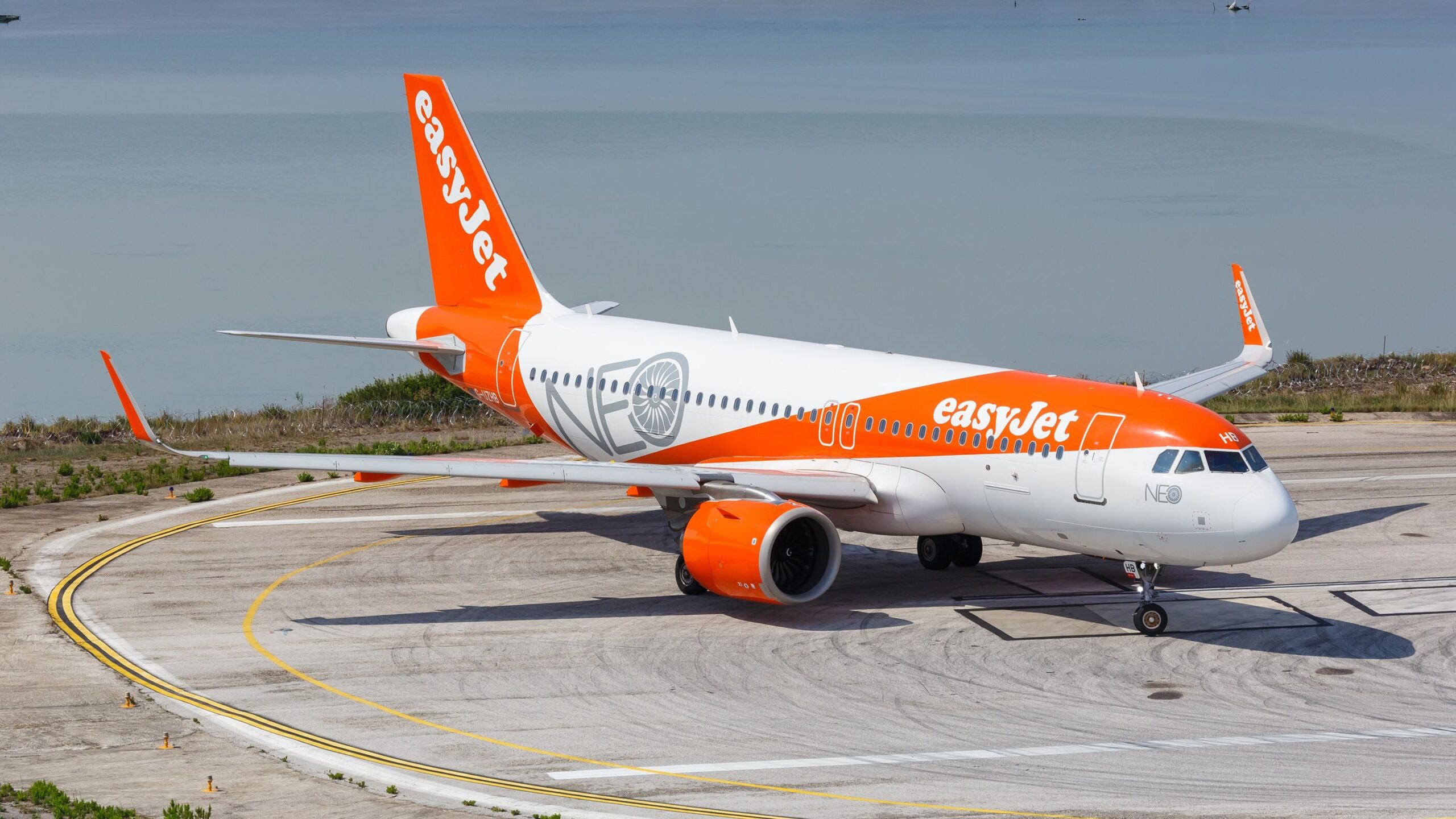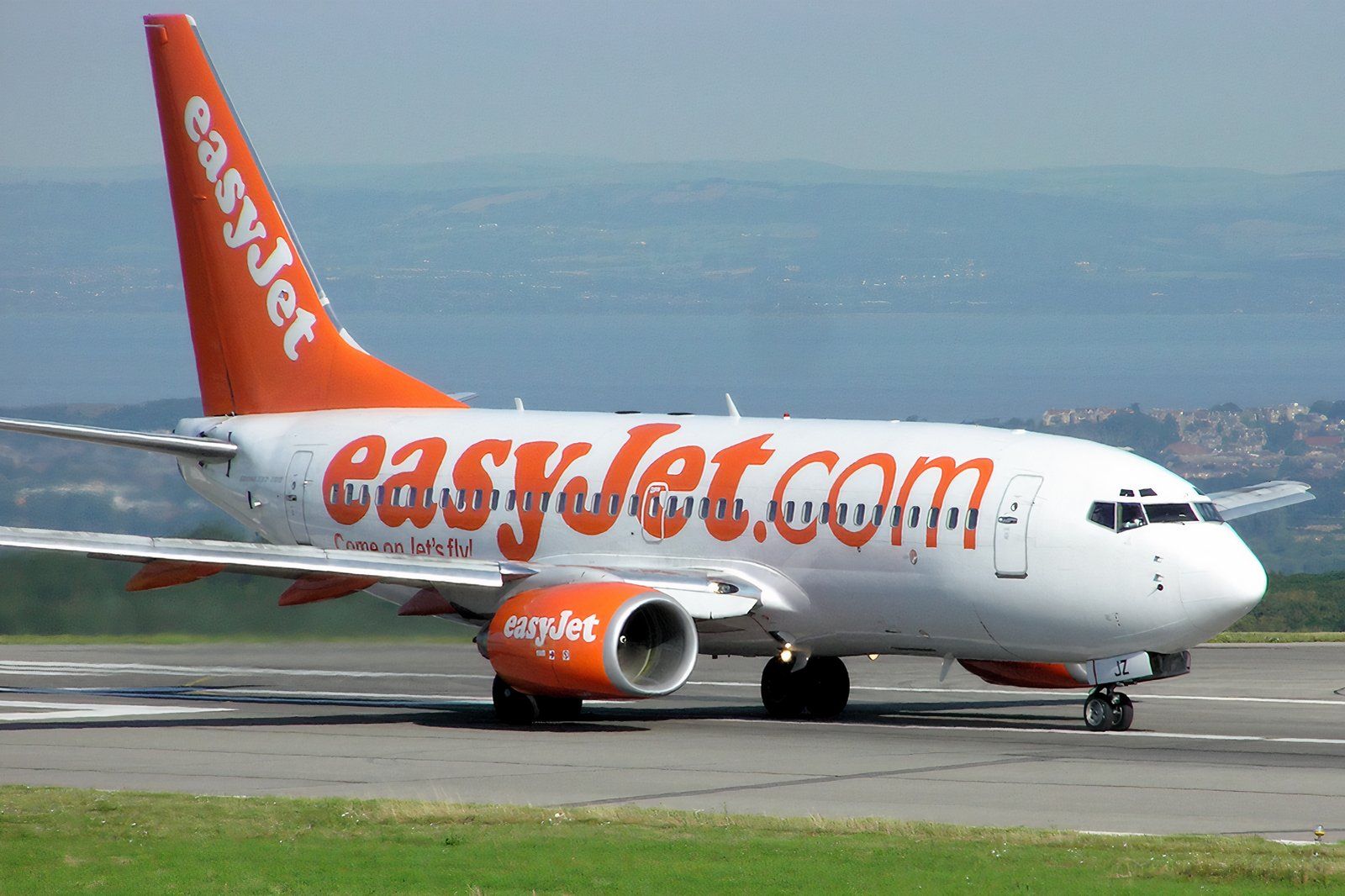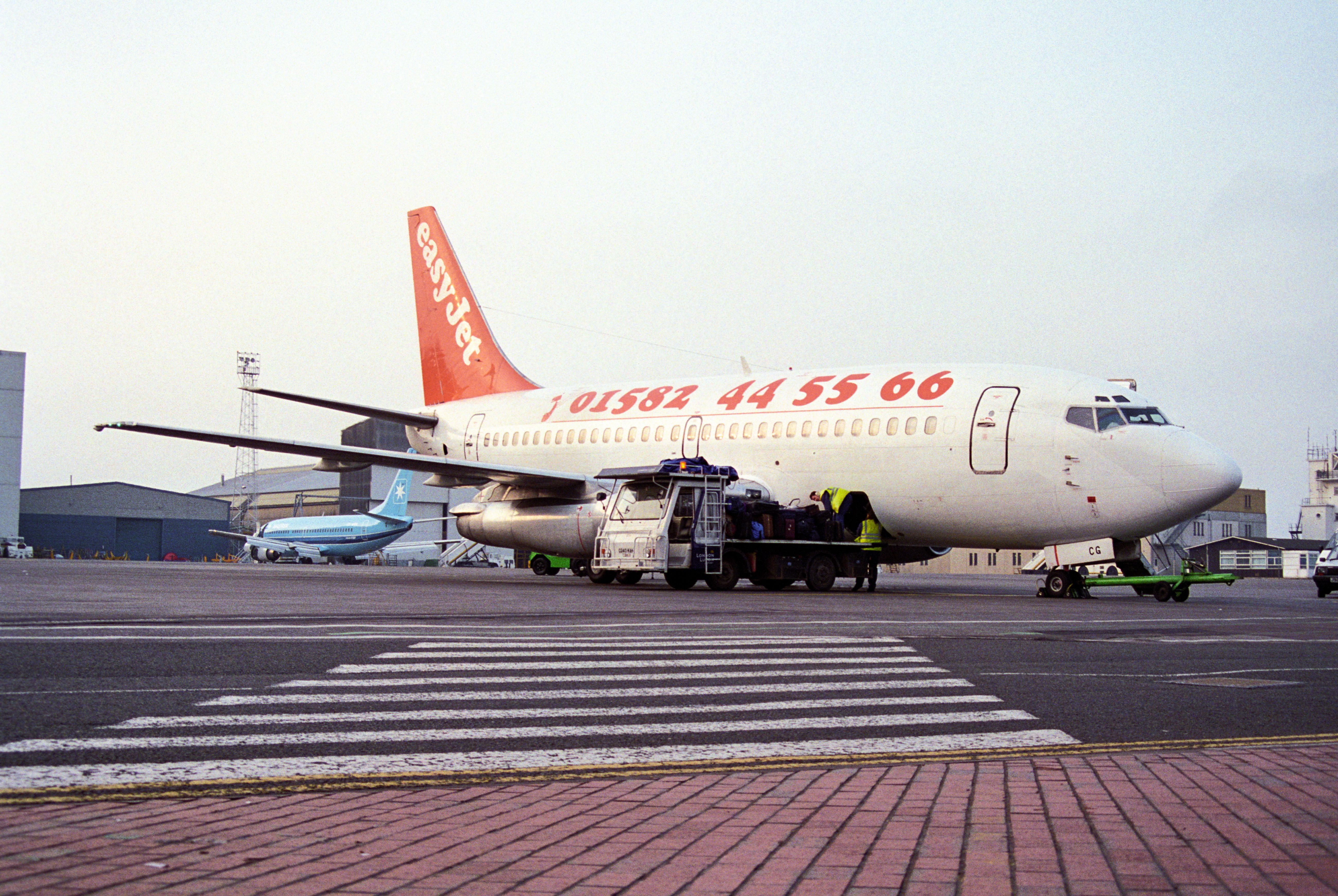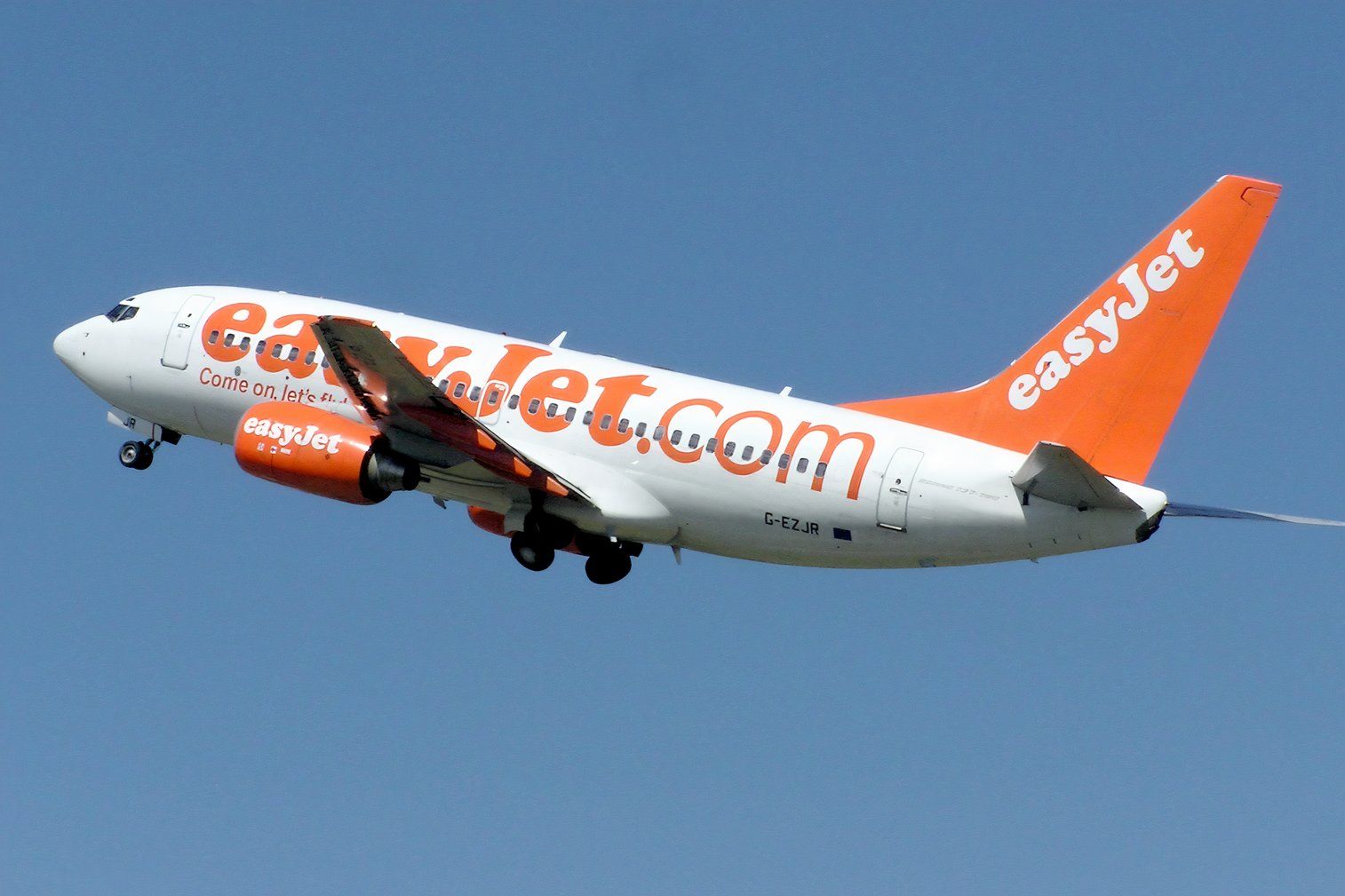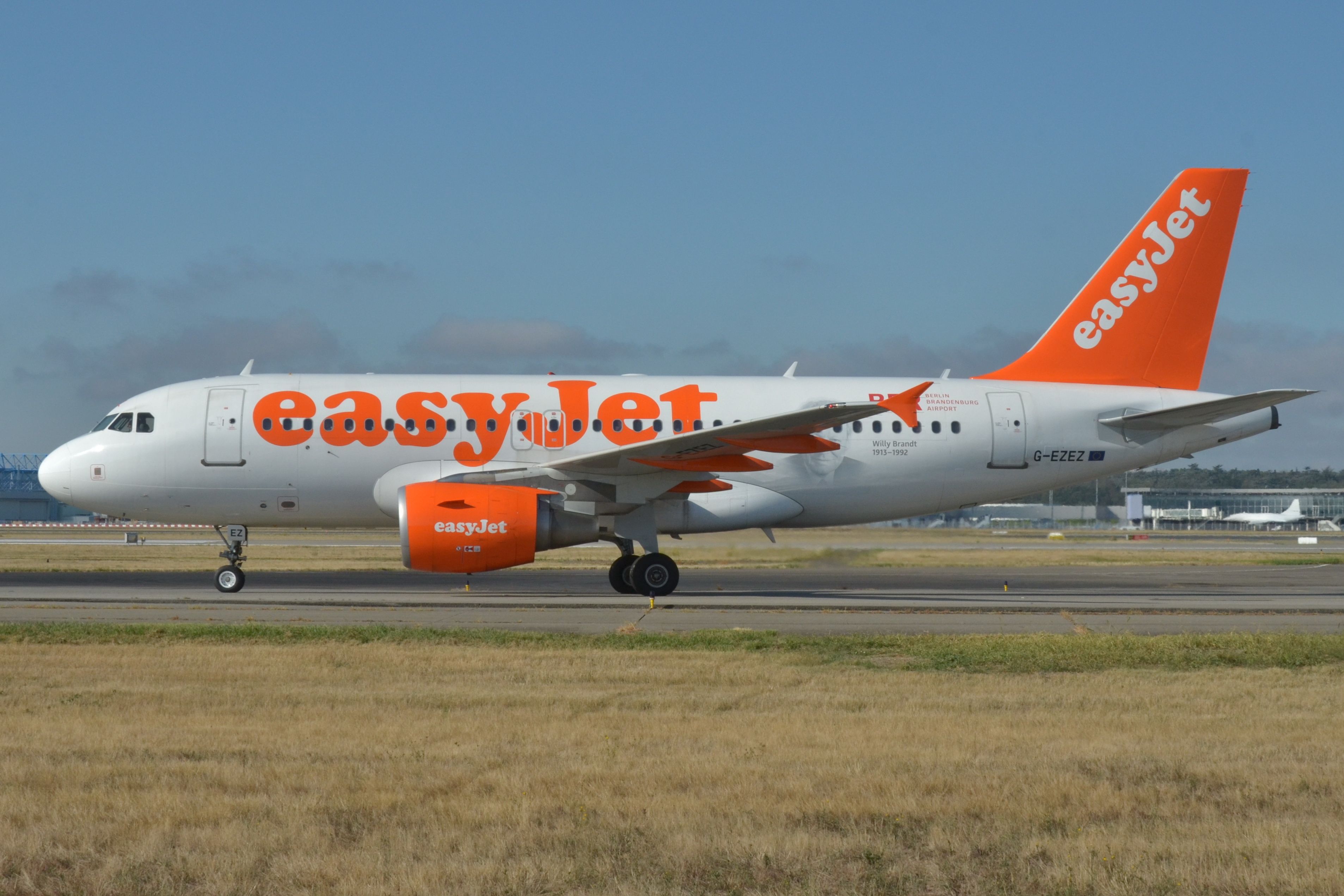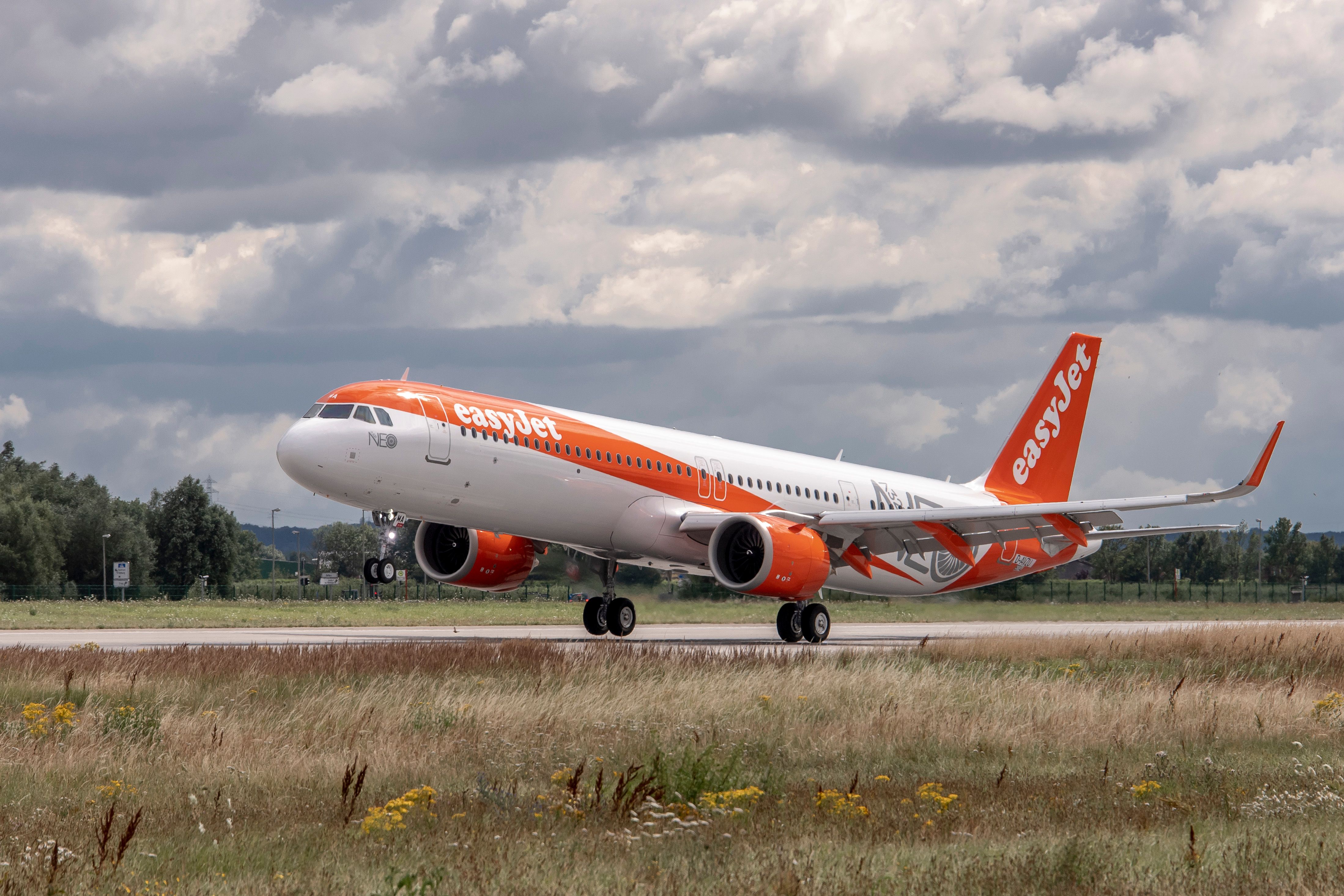In modern commercial aviation, most low-cost carriers (LCCs) operate fleets from a single aircraft family. As Southwest Airlines proved decades ago with its all-Boeing 737 fleet, having fleet consistency offers greater operational flexibility while streamlining and lowering maintenance operations costs.
As one of the world’s largest LCCs, easyJet has always ascribed to this single-family fleet policy. But it is one of the only LCCs to have decided to switch the aircraft family to which it is committed. The airline started life as an all-Boeing 737 operator before altering its fleet strategy in favor of the Airbus A320 family. But when and why did easyJet make the switch?
The early years of Boeing 737s
easyJet was established in 1995, starting operations with two wet-leased Boeing 737-200s that operated from London Luton (LTN) to Glasgow (GLA) and Edinburgh (EDI). By 1996, it had taken delivery of its first wholly-owned aircraft, a Boeing 737-300. It would grow to operate a total of 50 of the type over the next few years, along with 34 of the next-generation Boeing 737-700, which joined the fleet from 2000 onwards.
The airline was to undergo some significant changes in 2002. It significantly ramped up its operations with the opening of its base at London Gatwick (LGW), which would ultimately grow to become its largest operation, with over 120 destinations today. It also acquired British Airways’ short-lived LCC subsidiary “Go,” inheriting 23 B737-300s and three new bases. With all this expansion, the carrier conducted a comprehensive review of its fleet requirements to ensure it had provisioned sufficient capacity to meet its growth goals for the remainder of the decade.
Going into the evaluation process, Boeing undoubtedly felt confident it would win further orders for its B737NG family. After all, easyJet was an established customer, and conventional wisdom was that LCCs flew Boeing 737s. But therein lay a problem: It was easyJet’s business model to cut costs wherever possible, but could it genuinely get the best possible deal from Boeing without any negotiating power? As Ray Webster, chief executive of easyJet at the time, put it:
“Other airlines [Southwest and Ryanair] had just placed major orders for the 737, and Boeing was way too comfortable and not very amenable to negotiation. We found ourselves in a position where we were potentially at the back of a long line for their aircraft… we had almost no leverage to reduce costs or get our aircraft quicker.”
To gain that leverage, easyJet invited Boeing’s arch-rival, Airbus, to the planning discussions and made it clear that it would consider the European manufacturer’s proposal very seriously. Yet there was still the expectation that Airbus’ proposal would ultimately be used to gain advantageous terms with Boeing. Surely, swapping out the entire B737 fleet for a whole new family of aircraft would be way too complex and costly?
Airbus puts together the winning package
By mid-2002, Airbus had made a critical strategic decision for its own business. The high growth of the LCC market was evident, all market measures showed that the segment would be a major driver of future narrowbody sales growth, but thus far, it had been effectively locked out of that growth by Boeing. It had to get an opening somewhere, and easyJet inviting it to the competitive bid had created that opportunity.
Airbus recognized that it needed the win so it could “land and expand”, not only securing future easyJet purchases but also establishing its A320 family as a genuine option for LCCs worldwide. As a result, it put together a package for its Airbus A319 as an extremely competitive bid to Boeing’s B737-700 proposal, which included:
- Huge discounts: While the extent of the discount was never fully disclosed, industry insiders at the time stated that it was around 60%, taking the cost of each A319 down to $20 million, or more than 30% less than what Boeing was proposing.
- Advantageous delivery slots: Airbus didn’t have anywhere near the backlog for the A319 that Boeing had for the B737-700, so could offer easyJet its new aircraft sooner and over a shorter delivery window.
- More efficient aircraft: At the time, easyJet stated that the Airbus option had a lower cost per seat and “would shave about 10%” off its operating cost base per aircraft.
- Airbus to help with the fleet transition: In a move that likely sealed the deal, Airbus also committed to investing in pilot training and supporting the operational costs of introducing its aircraft into the easyJet fleet so the carrier would not incur additional costs during the period that it ran a dual Boeing/Airbus fleet.
In October 2002, in a move that shocked the aviation world, easyJet placed a massive order for 120 A319s, with options for 120 more. Boeing was stunned at the decision and in a swipe at the extent of the Airbus discounts, said that refused to “destroy the value” of its 737s to win easyJet’s order and that it would “not sell aircraft at a price that is considerably less than the value of the product.” easyJet’s outspoken founder, Stelios Haji-Ioannou, dismissed as “rubbish” the claims from Boeing’s CEO that it had offered easyJet a very competitive deal:
“He told me that this is the deal of the century, so take it. But it wasn’t. He still undercut himself again and again after that. Even then, the difference in price between Boeing and Airbus was so substantial that it would have been an offense to our shareholders to buy Boeing just to satisfy a fad that low-cost airlines only fly Boeing.”
Delivering the A319; phasing out the B737s
Deliveries of the new aircraft, configured with 156 seats, began in 2003 and continued at a rapid clip over the next few years. With the acquisition of GB Airways in 2007, easyJet also inherited nine Airbus A320s. After evaluating the feasibility of operating these larger, 180-seat aircraft, it exchanged 25 of the original A319 orders for A320s in 2008.
Photo: Svein Otto Jacobsen | Shutterstock
Meanwhile, it was also phasing out the B737s from its fleet. It started with the older -300s, and by 2006, all had been replaced with A319s. The -700s came from a more recent order, so had a longer lifespan in the fleet. The first exited in 2004, barely two years after it was acquired, but it wasn’t until 2011 that the last B737 left the fleet. As these were relatively young aircraft, many went on to live long lives with other airlines, such as GOL, Aeromexico, and Air Italy, and some still fly today.
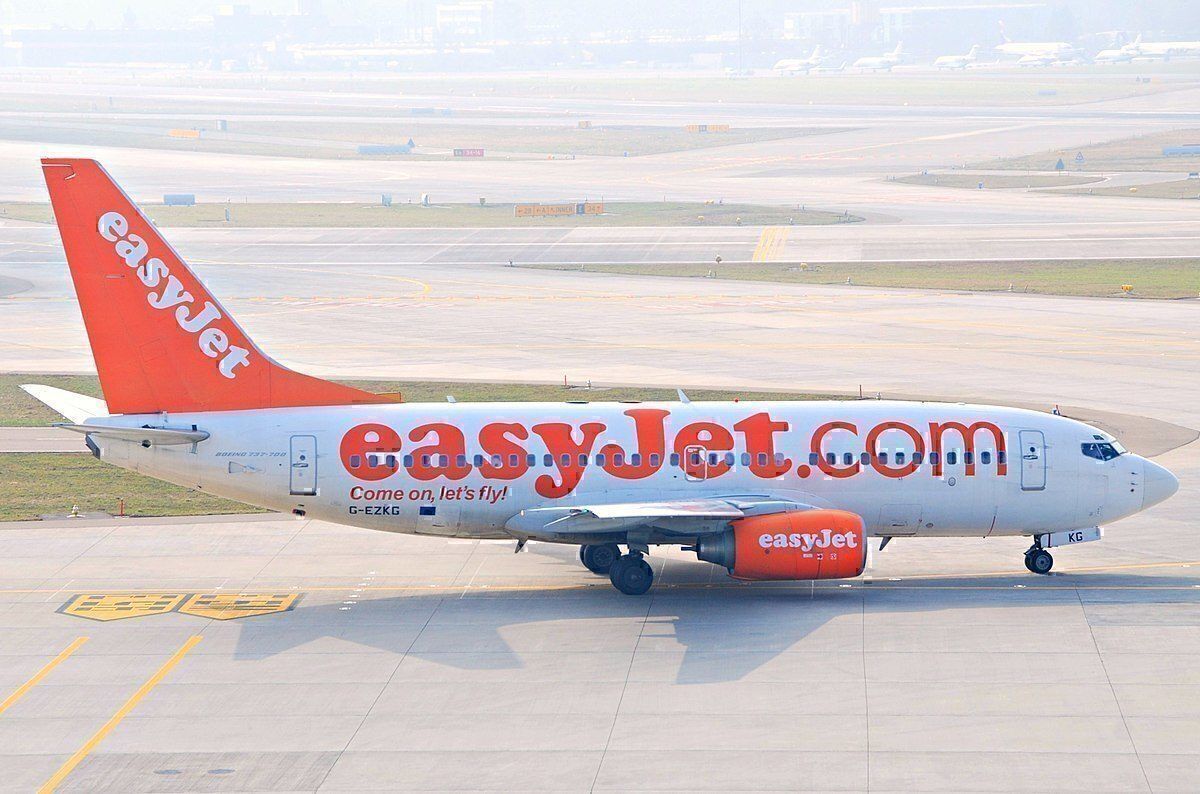
Related
What Happened To easyJet’s Boeing 737 Aircraft?
EasyJet’s current fleet strategy
Over the next decade, easyJet continued to invest heavily in the A320 family. In 2013, it placed a multi-stage order consisting of 35 A320ceos for delivery between 2015 and 2017, 100 of the new Airbus A320neos slated for delivery between 2017 and 2022, and additional purchase rights for a further 100 A320neos.
The carrier also discovered that it required larger aircraft on high-demand routes or to slot-constrained airports such as London Gatwick (LGW), Amsterdam (AMS), and Geneva (GEN). As a temporary measure, it actually took short-term leases on a handful of Boeing 757-200s, and In 2017, it began adding the larger A321 to its fleet in a 235-seat configuration. Late last year, easyJet re-committed to its all-Airbus strategy when it confirmed a new order for 157 A320neo family aircraft, with an additional 100 options.
Photo: Airbus
Fast forward to the present day, and the easyJet Group currently operates an all-Airbus fleet of nearly 350 aircraft, split between easyJet UK (183 aircraft), easyJet Europe (134 aircraft), and easyJet Switzerland (30 aircraft). The airline still retains 82 of its A319s, which now have an average age of 16 years and are set to retire by 2027. Added to that are 249 A320s (180 ceo, 69 neo) with an average age of 8.7 years, and 16 A321neos with an average age of 4.7 years.

